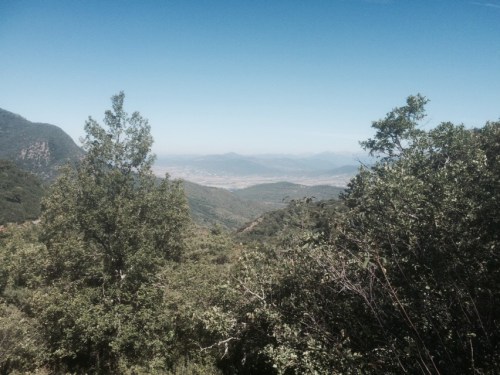Its been some weeks since we returned from our hike on the Spanish Camino and I’m still astounded at how much the experience still resonates in our lives.
We have just heard from Jim who walked the entire Camino Frances from Jean Pied de Port, arriving in Santiago last week after 40 days of walking.
The many interesting and fascinating people you meet on the Camino is part of part of what I would describe as one of the most precious gifts of the Camino. This is why many Peregrinos decide to give something back in volunteering to work a summer in one of the pilgrims’ hostels.
Many people walk the Camino to find an answer to a life-important question they are dealing with. Mostly they find the answer, sometimes after weeks or months after the walk, with the answer to a question needing time to ripen.
On my first Camino I was somewhat disappointed at not having found “my answer”. The lesson to learn was patience and to open the mind to the so many of the mysteries and lessons of the Path.
The first lesson I learned was that it needs time to “walk things off” and get rid of the old emotional baggage that you often carry with you for years. My theory is that the body has an “emotional memory” just like the emotional mind in holding onto “traumatic” experiences on a cellular level. This is why the first days of walking are so hard, even for people who have prepared well physically.
When this “emotional garbage” comes to the surface on the “path of crucifixion” that often comes during the first week of arduous walking through blisters, sore knees and back pain, the transformation process can begin. Then walking, even through difficult terrain, becomes an easy ride and you can actually start enjoying daily walks of 25-30 kilometres and more.
There were so many images, smells and meetings of mind on this centuries old path that this space is too short to fill them.
There was the father walking the path with two mules in fulfilling a dream that his daughter had on her death bed when dying of cancer. There are the brave young folk in the Aragon province fighting a dam project that will flood a pristine valley and one of the oldest parts of the Camino. There are the faces of people you look at where you know they have just gone through a very hard time in their lives and that they have come through, stronger.
On a physical level, I feel much fitter. My skin seems smoother and my senses of smell and hearing different. In my dreams I am still walking and when I wake up I know that I will soon be making plans for the next walk on the Camino.








